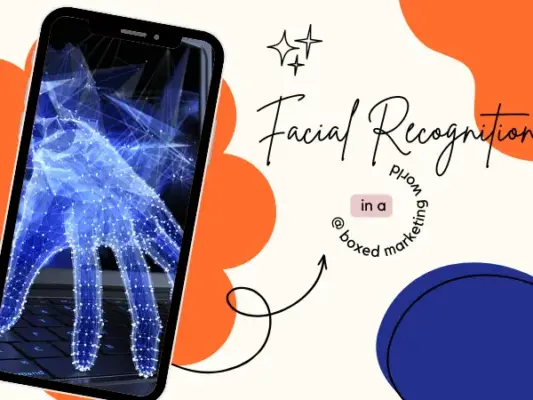
In the ever-evolving landscape of marketing, brands are constantly seeking innovative ways to capture consumer attention and deliver personalized experiences. One technology that is gaining significant traction is facial recognition. While it might seem like a concept from a sci-fi movie, facial recognition is becoming increasingly prevalent in the marketing world. But what does it mean to have facial recognition in a boxed marketing world, and how can brands leverage this technology to their advantage? This article explores the implications, benefits, and ethical considerations of integrating facial recognition into marketing strategies.
What is Facial Recognition in Marketing?
Facial recognition technology uses advanced algorithms to identify and verify individuals based on their facial features. In the context of marketing, this technology can be used to gather data on consumer behavior, personalize advertising, and enhance the overall customer experience. By analyzing facial expressions, emotions, and even demographic information, brands can gain deeper insights into their audience and tailor their marketing efforts accordingly.
Benefits of Facial Recognition in Marketing
Enhanced Customer Insights
- Understanding Emotions: Facial recognition can analyze consumer reactions to advertisements, products, and in-store experiences. By understanding emotions such as happiness, surprise, or frustration, brands can refine their offerings to better meet customer needs.
- Demographic Data: The technology can gather demographic information such as age, gender, and ethnicity. This data helps brands create more targeted marketing campaigns and improve customer segmentation.
Personalized Customer Experience
- Tailored Advertisements: Facial recognition allows for real-time personalization of advertisements. For example, digital billboards can display different ads based on the age or gender of the viewer, ensuring more relevant and engaging content.
- In-Store Experience: Retailers can use facial recognition to identify loyal customers as they enter the store, offering personalized greetings and recommendations based on past purchases.
Improved Security and Fraud Prevention
- Secure Transactions: Facial recognition can enhance the security of transactions by verifying the identity of the customer. This reduces the risk of fraud and builds trust with consumers.
- Loss Prevention: Retailers can use facial recognition to identify known shoplifters and prevent theft, creating a safer shopping environment. Challenges and Ethical Considerations
Privacy Concerns
- Data Collection: The use of facial recognition technology raises significant privacy issues. Consumers may be uncomfortable with their facial data being collected and stored without explicit consent. Brands must be transparent about how they use this data and ensure compliance with privacy regulations.
- Surveillance Fears: There is a fine line between personalized marketing and surveillance. Brands need to strike a balance to avoid consumer backlash and potential legal issues.
Accuracy and Bias
- Algorithm Bias: Facial recognition algorithms have been criticized for their accuracy, especially when it comes to recognizing individuals from diverse backgrounds. Bias in the technology can lead to misidentification and exclusion, undermining the effectiveness of marketing efforts.
- Technological Limitations: The accuracy of facial recognition can be affected by various factors such as lighting conditions, facial expressions, and changes in appearance. Brands need to ensure the technology is robust and reliable.
Ethical Use
- Consent and Transparency: Brands must obtain explicit consent from consumers before using facial recognition technology. Clear communication about how the data will be used and stored is essential to maintain trust.
- Responsible Marketing: The use of facial recognition should align with ethical marketing practices. Brands must avoid manipulative tactics and respect consumer autonomy. Conclusion
Facial recognition technology holds immense potential in the boxed marketing world, offering opportunities for enhanced customer insights, personalized experiences, and improved security. However, it also presents significant challenges and ethical considerations. To successfully integrate facial recognition into marketing strategies, brands must prioritize transparency, consent, and fairness. By doing so, they can leverage this powerful technology to create more meaningful and engaging consumer interactions while maintaining trust and integrity. As the technology continues to evolve, the future of facial recognition in marketing promises to be both exciting and transformative.